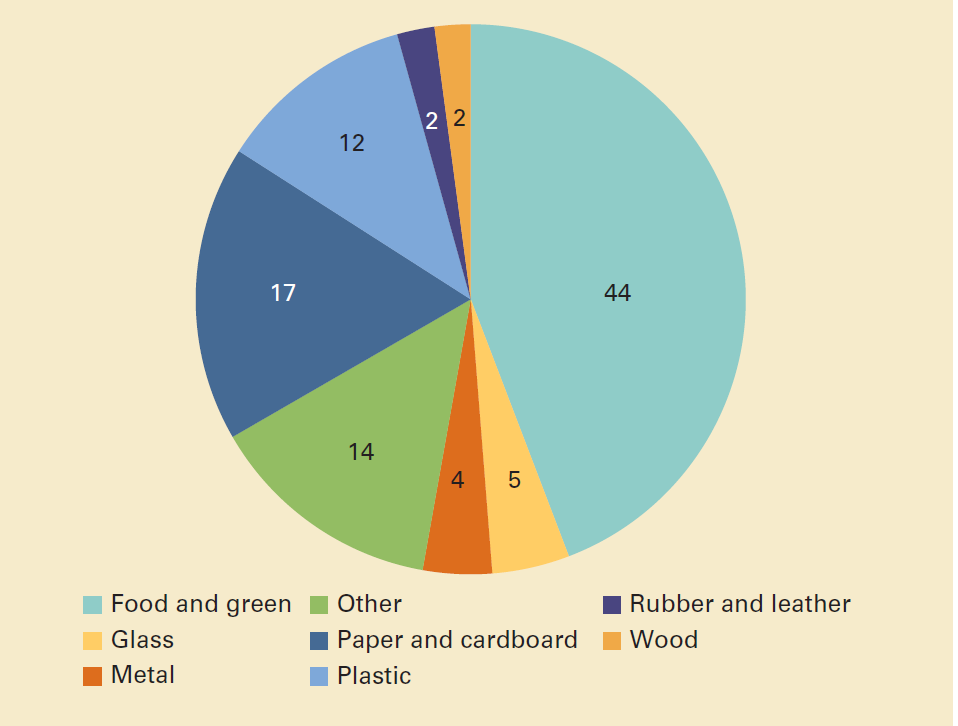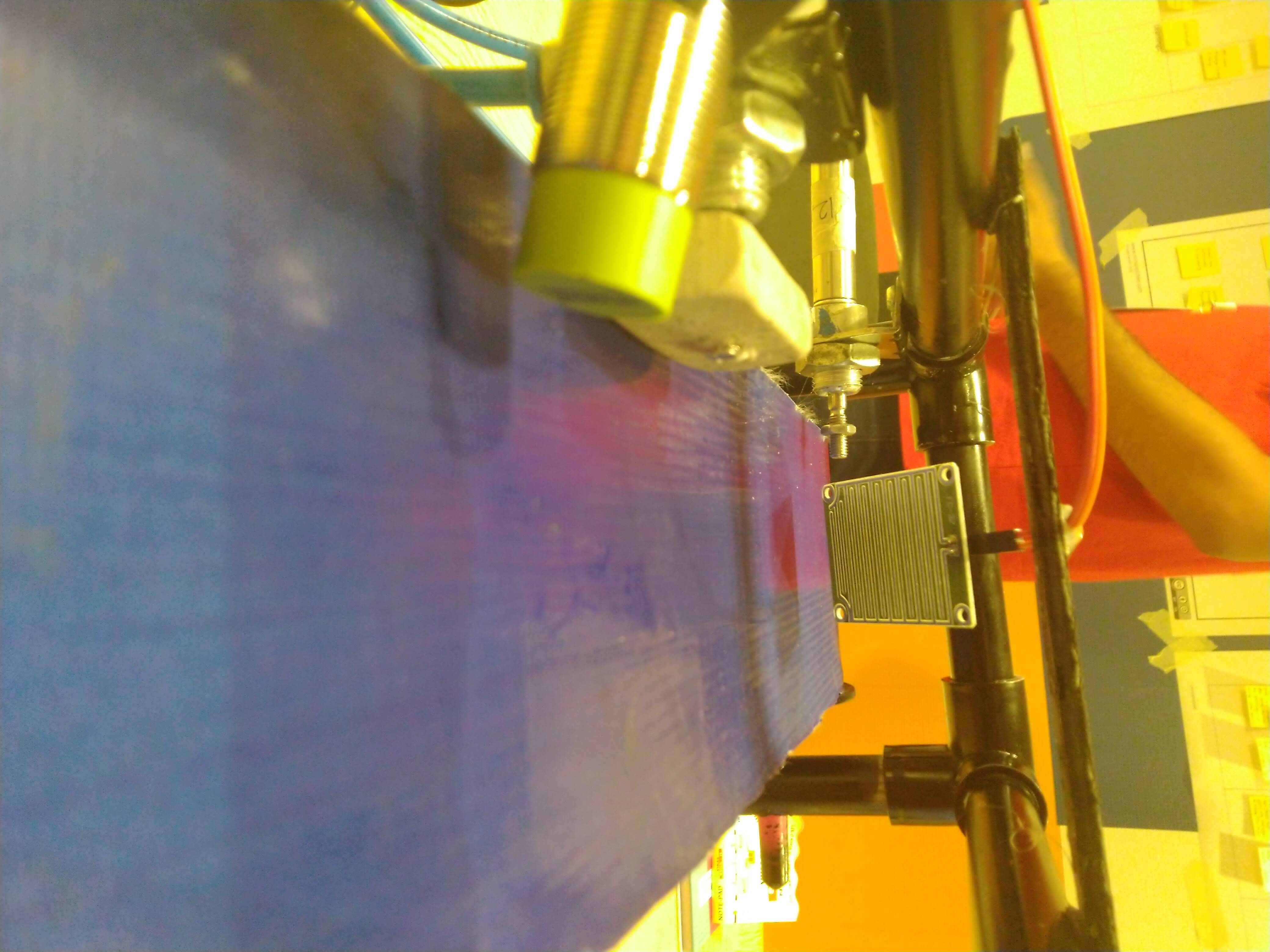Rapid increase in urbanisation and per capita income in India has significantly led to an
increase in
municipal solid waste generation in the country.
Electronic waste and plastic waste has contributed a large amount to the total waste stream
in
recent years. The use of domestic hazardous waste and bio-medical waste last year shot up
due to the
novel coronavirus disease (COVID-19) pandemic. Improper and unscientific disposal of these
wastes
can be hazardous for human life and the environment.
Urban Indian generates 62 million tonnes of waste (MSW) annually, said a 2014 Planning
Commission
report. It also predicted that the volume will increase to 165 million tonnes by 2030.
India’s solid waste collection efficiency, however, is around 70 per cent at present, while
it is
almost 100 per cent in many developed countries.
Moreover, 43 million tonnes of municipal solid waste was collected annually, out of which 31
million was dumped at the landfill sites and 11.9 million was treated, the environment
ministry said in 2016.
A huge portion of the untreated waste is dumped irregularly on the outskirts of towns or
cities,causing groundwater contamination and air pollution. There is, thus, a growing need
to detect blind spots in the collection and transportation of waste so that the operation
can be made more efficient.
Similar to the central government’s ‘Digital India’ campaign launched in 2015, progressive
digitalisation needs to be introduced in waste management. India should shift from
conventional
logistics to digitally automated tracking technologies which are energy-efficient and
cost-sensitive.
The need for digitalization in waste collection and disposal operations goes beyond
information technology. Smart waste management will create improved data quality and better
insights into waste streams during operations.



.jpg)
.jpg)
.jpg)


